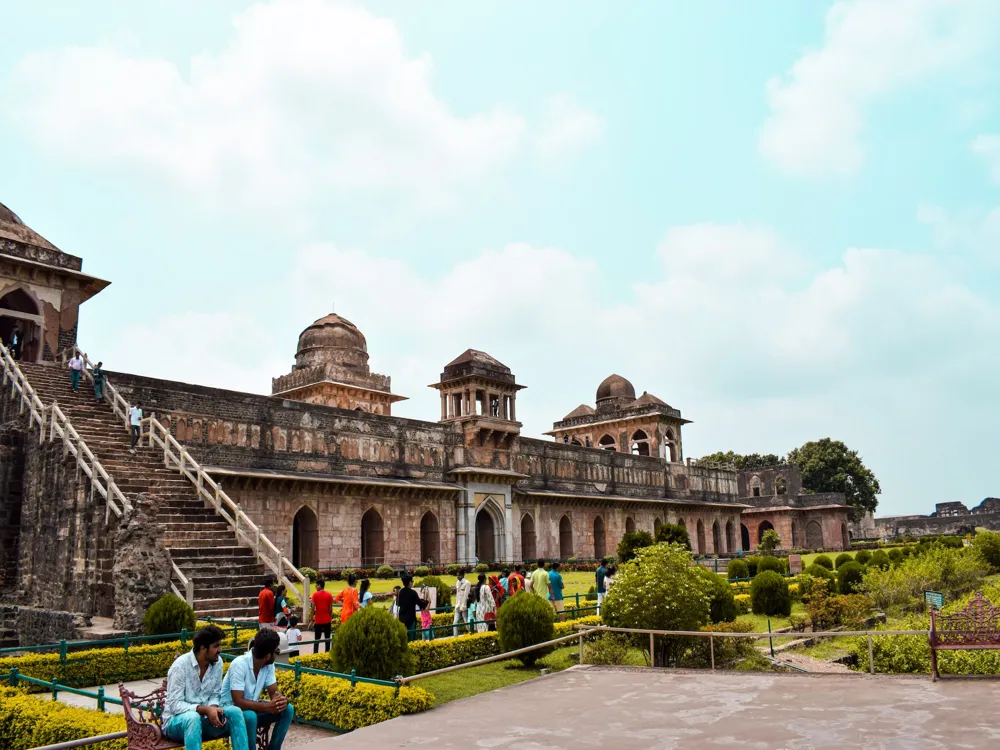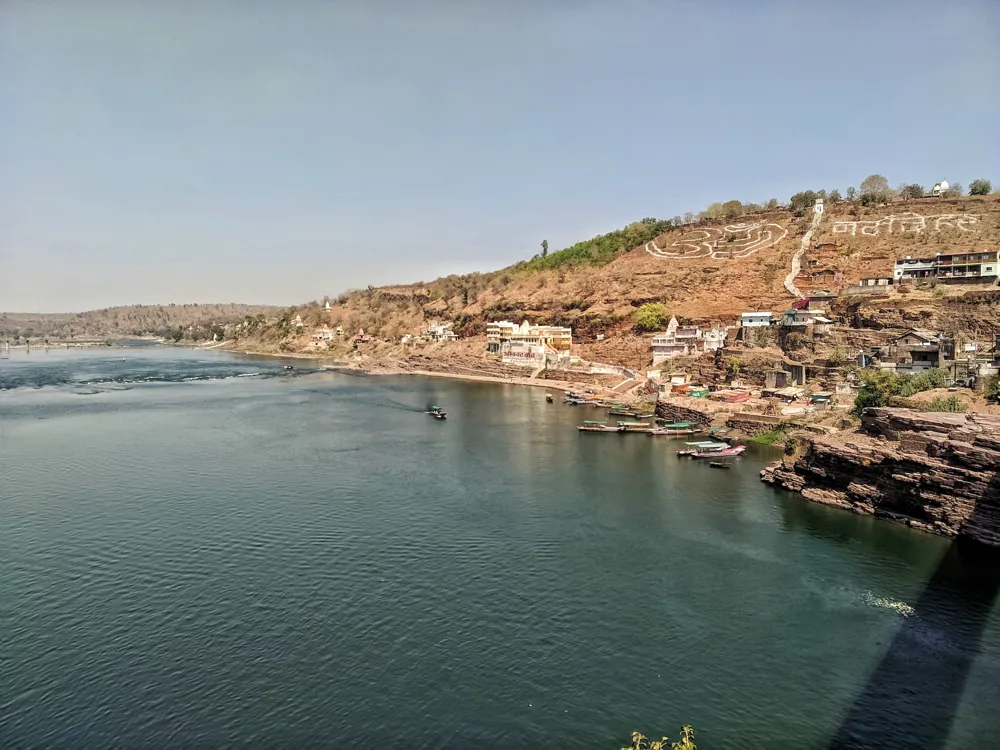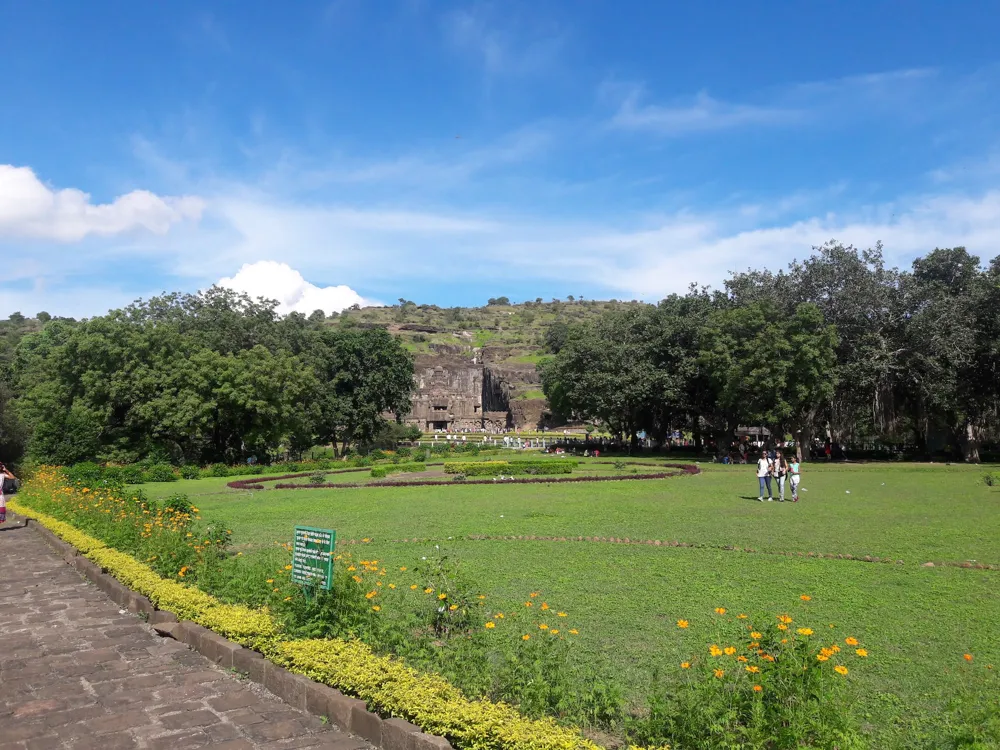Nestled in the heart of Madhya Pradesh, the Ralamandal Wildlife Sanctuary is a haven for nature lovers and wildlife enthusiasts. Spread across an expanse of lush greenery, this sanctuary, established in 1989, covers an area of around 5 square kilometers. It is renowned for its rich biodiversity and serene landscapes, making it a perfect destination for those seeking a tranquil escape from the hustle and bustle of city life. The sanctuary is a treasure trove of flora and fauna. It is home to a variety of wildlife species, including leopards, black bucks, sambars, and a myriad of bird species. The dense forests of teak, bamboo, and other indigenous trees create a natural habitat for these animals and a picturesque setting for visitors. The sanctuary's topography is characterized by gentle slopes and undulating hills, offering scenic views and a peaceful environment. Ralamandal Wildlife Sanctuary is not just a wildlife haven; it's a testament to the region's ecological significance. The sanctuary plays a crucial role in conserving the local wildlife and provides an opportunity for researchers and nature enthusiasts to study and appreciate the region's natural heritage. With its rich biodiversity, the sanctuary offers a unique opportunity to observe wildlife in its natural habitat, making it a must-visit destination for anyone traveling to Indore. For those interested in the cultural aspects, the sanctuary is steeped in local folklore and traditions. The surrounding areas are dotted with historical landmarks and temples, reflecting the rich cultural heritage of Madhya Pradesh. This blend of natural beauty and cultural richness makes Ralamandal Wildlife Sanctuary a unique and captivating destination. The architecture of Ralamandal Wildlife Sanctuary is a harmonious blend of natural and man-made structures, designed to complement the sanctuary's ecological balance. The key architectural elements include the nature trails, watchtowers, and the visitor's center, all of which are thoughtfully integrated into the landscape to offer an immersive experience without disrupting the natural habitat. The nature trails are the heart of the sanctuary's design. These trails wind through the dense forests, offering visitors a chance to explore the sanctuary's diverse ecosystems. The trails are carefully laid out to minimize the impact on the environment while allowing visitors to get up close to nature. Along these trails, one can find information boards and signage, providing insights into the local flora and fauna. The watchtowers, strategically placed at vantage points, offer panoramic views of the sanctuary. These towers are designed to blend with the natural surroundings, using materials like wood and stone that are in harmony with the environment. From these towers, visitors can spot wildlife from a safe distance and enjoy the breathtaking landscape of the sanctuary. The visitor's center is the focal point of the sanctuary's architecture. It serves as an educational hub, providing information about the sanctuary's history, wildlife, and conservation efforts. The center is designed to be eco-friendly, using sustainable materials and incorporating green practices such as rainwater harvesting and solar energy. It is not just a gateway to the sanctuary but also a symbol of the commitment to preserving and celebrating the natural world. Overall, the architecture of Ralamandal Wildlife Sanctuary is a testament to the careful planning and sensitivity towards the environment. Every element is designed to enhance the visitor experience while preserving the sanctuary's natural beauty and ecological integrity. The ideal time to visit Ralamandal Wildlife Sanctuary is between October and March when the weather is pleasant, and the chances of spotting wildlife are higher due to the cooler temperatures. Visitors should bring binoculars for bird watching, a camera for photography, comfortable walking shoes, and water bottles to stay hydrated. It's also advisable to wear earth-toned clothing to blend in with the natural surroundings. Always stay on the marked trails, avoid loud noises, and follow the sanctuary rules to ensure your safety and the well-being of the wildlife. It's important to remember that you are in a wildlife habitat. Opting for guided tours can enhance your experience, as local guides are knowledgeable about the best spots for wildlife sightings and can provide interesting insights into the sanctuary's ecosystem. Visitors should avoid littering and respect the natural habitat of the wildlife. It's essential to leave the sanctuary as pristine as you found it, ensuring the conservation of this beautiful ecosystem. Ralamandal Wildlife Sanctuary is easily accessible from Indore, which is well-connected by air, rail, and road. The nearest airport is Devi Ahilyabai Holkar Airport in Indore, about 20 kilometers from the sanctuary. For those traveling by train, Indore railway station is the nearest railhead. The sanctuary is also well-connected by road, with regular bus services and taxis available from Indore city. Read More:Overview of Ralamandal Wildlife Sanctuary, Indore
Architecture of Ralamandal Wildlife Sanctuary
Tips When Visiting Ralamandal Wildlife Sanctuary
Best Time to Visit
What to Bring
Safety Precautions
Guided Tours
Respect the Environment
How To Reach Ralamandal Wildlife Sanctuary
Ralamandal Wildlife Sanctuary
Indore
Madhya Pradesh
NaN onwards
View indore Packages
Weather :
Tags : Wildlife
Timings : 9:00 AM to 6:30 PM
Planning a Trip? Ask Your Question
Indore Travel Packages
View All Packages For Indore
Top Hotel Collections for Indore

Private Pool

Luxury Hotels

5-Star Hotels

Pet Friendly
Top Hotels Near Indore
Other Top Ranking Places In Indore
View All Places To Visit In indore
View indore Packages
Weather :
Tags : Wildlife
Timings : 9:00 AM to 6:30 PM
Planning a Trip? Ask Your Question
Indore Travel Packages
View All Packages For Indore
Top Hotel Collections for Indore

Private Pool

Luxury Hotels

5-Star Hotels

Pet Friendly





















